
The job interview is a pivotal moment in one’s professional journey, a crucial intersection where aspirations and opportunities converge. It is a dynamic exchange that requires a blend of skills, preparation, and practical communication to leave a lasting impression. Improving your interviewing skills enhances your chances of securing a job and contributes to personal growth and confidence. This blog delves into the key aspects of interviewing skills, offering insights and strategies to elevate your experience and increase the likelihood of success.
Preparation is the Key
Before stepping into the interview room, meticulous preparation is paramount. Researching the company, understanding its culture, and familiarizing yourself with the job role are fundamental steps. This demonstrates your genuine interest and equips you to tailor your responses to align with the company’s values and expectations.
Moreover, anticipate common interview questions and formulate thoughtful responses. This preparation not only ensures that you can articulate your qualifications effectively but also helps you maintain composure under pressure. A well-prepared candidate is confident, and confidence is a critical ingredient in interview success.
Mastering Non-Verbal Communication
While what you say during an interview is crucial, how you say it is equally significant. Non-verbal cues, such as body language and facial expressions, are pivotal in shaping the interviewer’s perception of you. Maintain good posture, make eye contact, and offer a firm handshake to convey confidence and professionalism. Additionally, be attentive and engaged throughout the interview, nodding to show understanding and using appropriate gestures to emphasize key points.
The Power of Body Language
Body language is a potent non-verbal communication that can reinforce or contradict the spoken word. Maintaining good posture, sitting up straight, and avoiding slouching can project confidence and attentiveness. Conversely, slumping or fidgeting may convey nervousness or a lack of interest. Candidates should be mindful of their body language throughout the interview, as it contributes significantly to their overall impression on the interviewer.
Eye Contact: A Window to Confidence
Eye contact is a powerful tool in non-verbal communication. It establishes a connection between the candidate and the interviewer, signaling attentiveness and sincerity. Maintaining appropriate eye contact conveys confidence and genuine interest in the conversation. However, excessive or insufficient eye contact can create discomfort or give the impression of insincerity. Striking the right balance is essential to projecting confidence and building rapport.
The Handshake: A Prelude to Professionalism
The handshake is often the first physical interaction in an interview and sets the tone for the entire meeting. A firm but not overpowering handshake communicates professionalism and self-assurance. A weak or overly aggressive handshake may create an unfavorable impression. Candidates should practice their handshake to ensure it aligns with cultural norms and reflects their confidence and professionalism.
Facial Expressions: Mirrors of Emotion
Facial expressions are a rich source of non-verbal cues that can reveal emotions, attitudes, and reactions. A genuine smile can convey warmth and approachability, while a furrowed brow may signal confusion or concern. Candidates should be mindful of their facial expressions to ensure they align with the tone of the conversation. Maintaining a positive and engaged demeanor throughout the interview contributes to a favorable overall impression.
Active Listening through Non-Verbal Cues
Non-verbal communication is not limited to the candidate; it also extends to active listening. Nodding in agreement, maintaining eye contact, and using appropriate facial expressions demonstrate attentiveness and comprehension. These non-verbal cues reassure the interviewer that the candidate is actively engaged in the conversation and values shared information.
Cultural Sensitivity in Non-Verbal Communication
In a globalized workforce, cultural sensitivity is paramount. Different cultures may interpret non-verbal cues differently. Candidates should be aware of cultural norms regarding body language, gestures, and personal space to ensure their non-verbal communication is respectful and well-received.
Active Listening and Thoughtful Responses
Effective communication is a two-way street; active listening is a cornerstone of this process. Pay close attention to the interviewer’s questions, and take a moment to gather your thoughts before responding. Responding thoughtfully rather than impulsively demonstrates your ability to think critically and communicate clearly. Moreover, tailor your responses to showcase your skills and experiences in a manner that directly addresses the employer’s needs. In the complex tapestry of interpersonal communication, two essential elements stand out as cornerstones for building meaningful connections and understanding: active listening and thoughtful responses. These skills transcend mere hearing and speaking, forming the bedrock of effective communication.
Active Listening: A Catalyst for Understanding
Active listening is not merely hearing words; it is a dynamic process that involves fully engaging with the speaker and comprehending the nuances of their message. This consists in maintaining eye contact, nodding in agreement, and providing verbal cues such as “I see” or “Go on.” By actively participating in the conversation, the listener signals their genuine interest and creates an atmosphere conducive to open communication.
One crucial aspect of active listening is the suspension of judgment. It requires setting aside preconceived notions, biases, and the urge to formulate responses prematurely. Instead, the active listener focuses on absorbing the speaker’s message, seeking to understand the content, emotions, and underlying motivations. This empathetic approach deepens comprehension and fosters an environment of trust and mutual respect.
The Art of Thoughtful Responses
While active listening forms the foundation, thoughtful responses are the building blocks that complete the structure of effective communication. Thoughtful responses are characterized by deliberately considering the speaker’s message before formulating a reply. This process involves reflecting on the content, discerning the speaker’s perspective, and tailoring the response to address the specific points raised.
One key aspect of thoughtful responses is clarity. Articulating ideas concisely and coherently ensures that the speaker’s message is accurately understood, reducing the likelihood of miscommunication. Thoughtful responses also involve adapting communication style to suit the audience, whether it be a casual conversation with a friend or a professional dialogue in a workplace setting.
The Symbiosis of Active Listening and Thoughtful Responses
Active listening and thoughtful responses are inherently interconnected, creating a symbiotic relationship that enhances the quality of communication. When individuals engage in active listening, they gain a deeper understanding of the speaker’s perspective, enabling them to formulate responses that are relevant and reflective of the shared understanding.
This symbiosis is crucial in professional settings, where effective communication is paramount. In business meetings, for example, active listening ensures that all stakeholders’ perspectives are considered, while thoughtful responses contribute to informed decision-making and problem-solving. Similarly, in personal relationships, the synergy of active listening and thoughtful responses nurtures empathy, strengthens bonds, and resolves conflicts.
Highlighting Achievements and Skills
During an interview, you are not merely listing qualifications but narrating a story of your professional journey. Use this opportunity to highlight your achievements, skills, and experiences that set you apart from other candidates. Provide concrete examples of accomplishments, illustrating how your contributions have positively impacted previous employers or projects. This validates your claims and helps the interviewer envision your potential contributions to their organization.
Adaptability and Problem-Solving
Employers value candidates who can navigate challenges and adapt to evolving situations. Be prepared to discuss instances where you encountered obstacles and describe how you overcame them. Demonstrating problem-solving skills and adaptability not only showcases your resilience but also provides insight into your approach to challenges, which is invaluable to potential employers.
Conclusion
Mastering the art of interviewing is a continual process of refinement and self-discovery. It involves a combination of thorough preparation, effective communication, and a genuine display of your skills and achievements. By enhancing your interviewing skills, you not only increase your chances of securing employment but also contribute to personal and professional growth. Remember, an interview is not just an evaluation of your qualifications but an opportunity to showcase your unique value and leave a lasting impression on potential employers.
Mastering non-verbal communication is a subtle yet powerful aspect of successful interviewing. It complements verbal communication, enriching the candidate’s ability to convey confidence, professionalism, and interpersonal skills. A nuanced understanding of body language, eye contact, handshakes, facial expressions, and cultural sensitivity can elevate a candidate’s interview performance, leaving a lasting positive impression on potential employers. As the silent language of success, non-verbal communication is an invaluable skill every candidate should cultivate on their journey toward professional achievement.
In the cacophony of modern life, where information is abundant and communication is constant, active listening and thoughtful responses stand out as a beacon of effective communication. When cultivated and applied consciously, these skills elevate interactions to a higher plane of understanding and connection. Whether in personal relationships, professional settings, or broader societal discourse, the power of active listening and thoughtful responses is undeniable. As we navigate the intricate web of human communication, let us recognize and embrace these cornerstones, fostering a culture of empathy, understanding, and meaningful dialogue.
Feel free to contact one of our dedicated and highly trained interview experts for additional training or coaching. Our interview experts will help you take your interviewing skills to the next level while helping you to remain a positive reflection of your true self. Check us out at www.interviewexpert.com.

1 month ago, admin
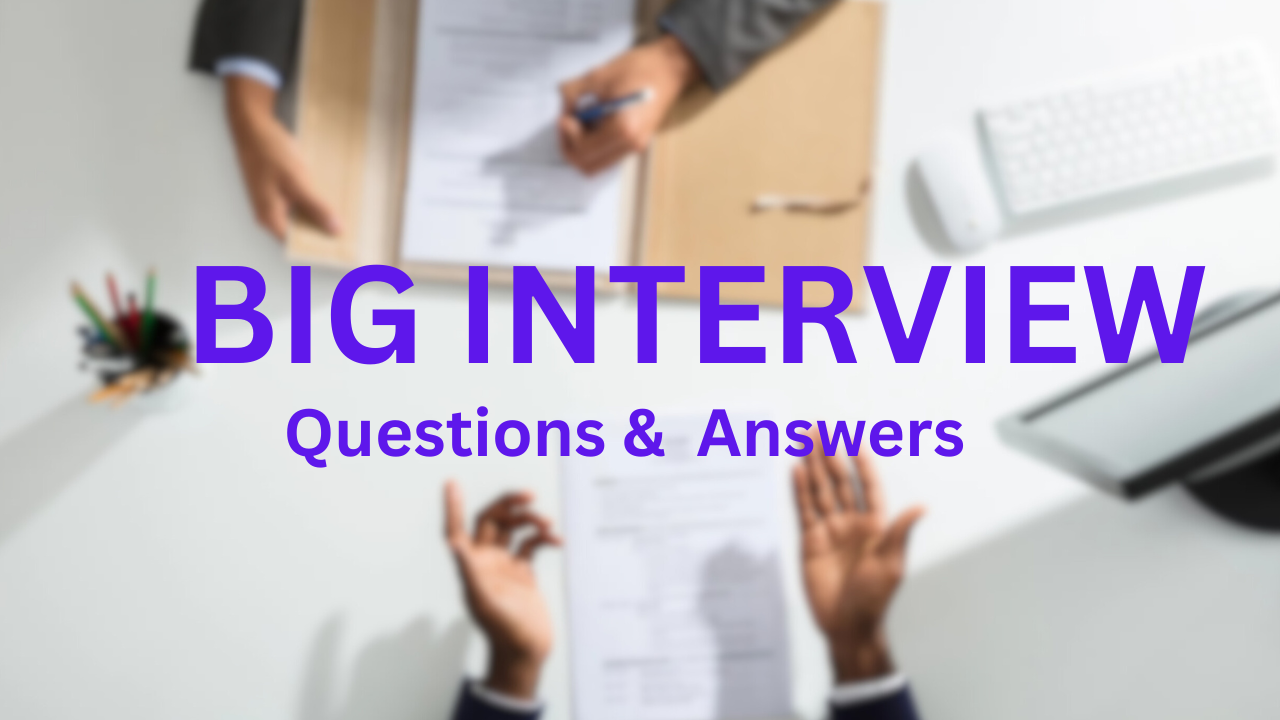
3 months ago, admin

3 months ago, admin
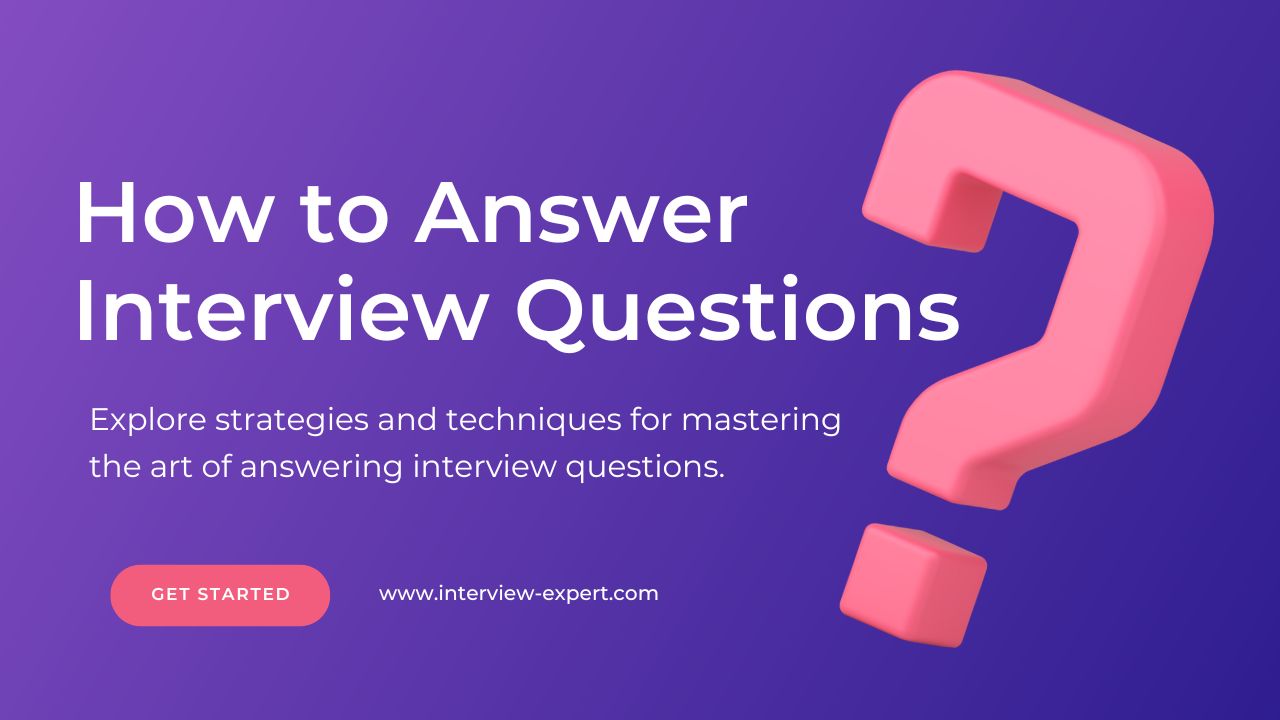
10 hours ago, admin
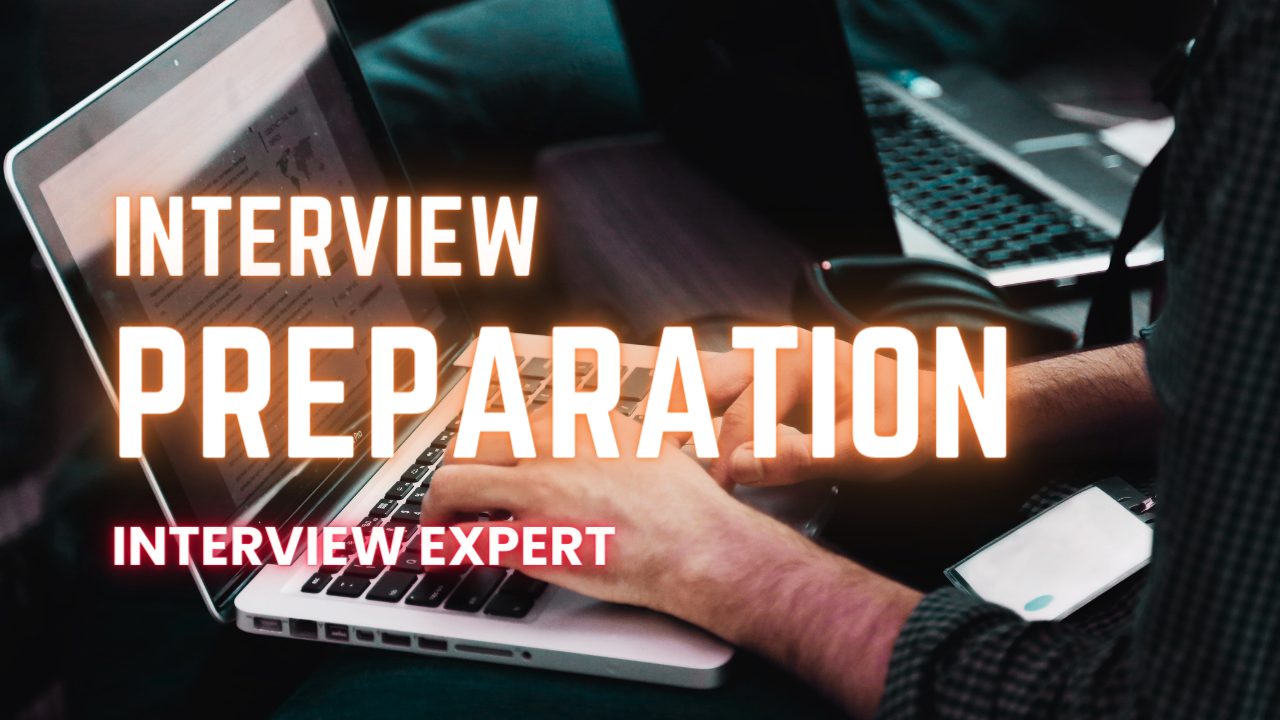
6 days ago, admin
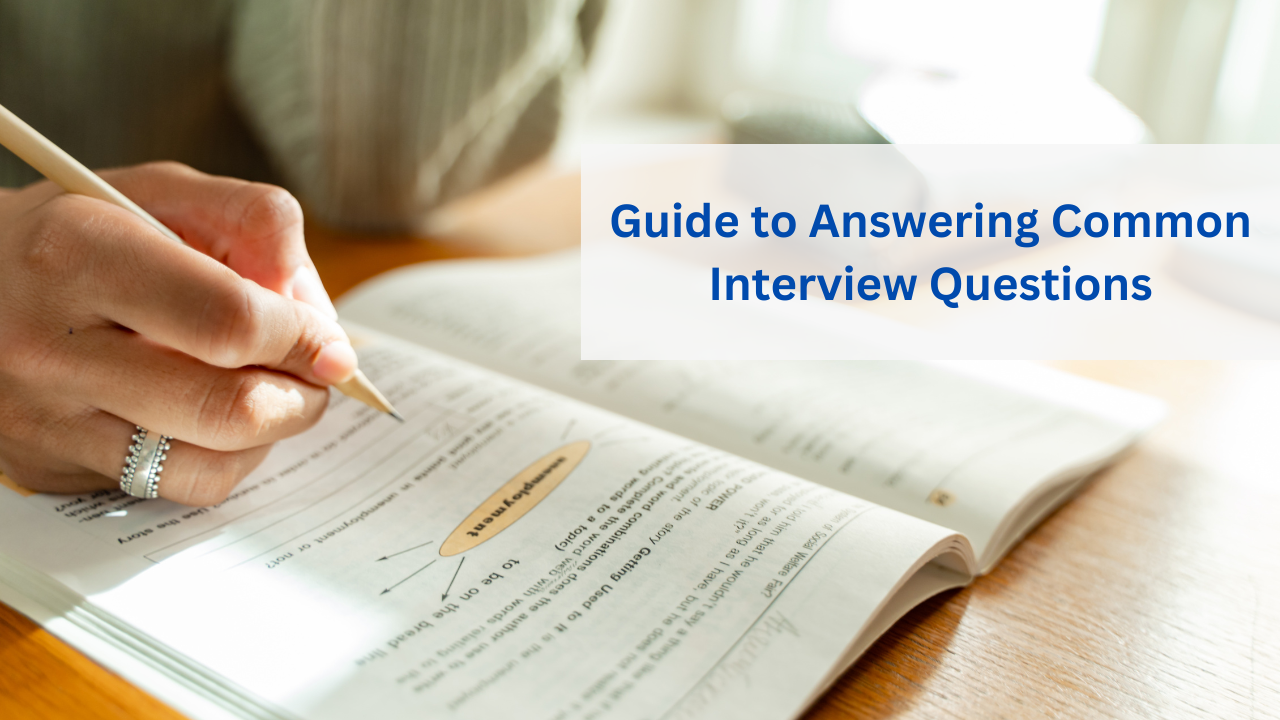
1 week ago, admin
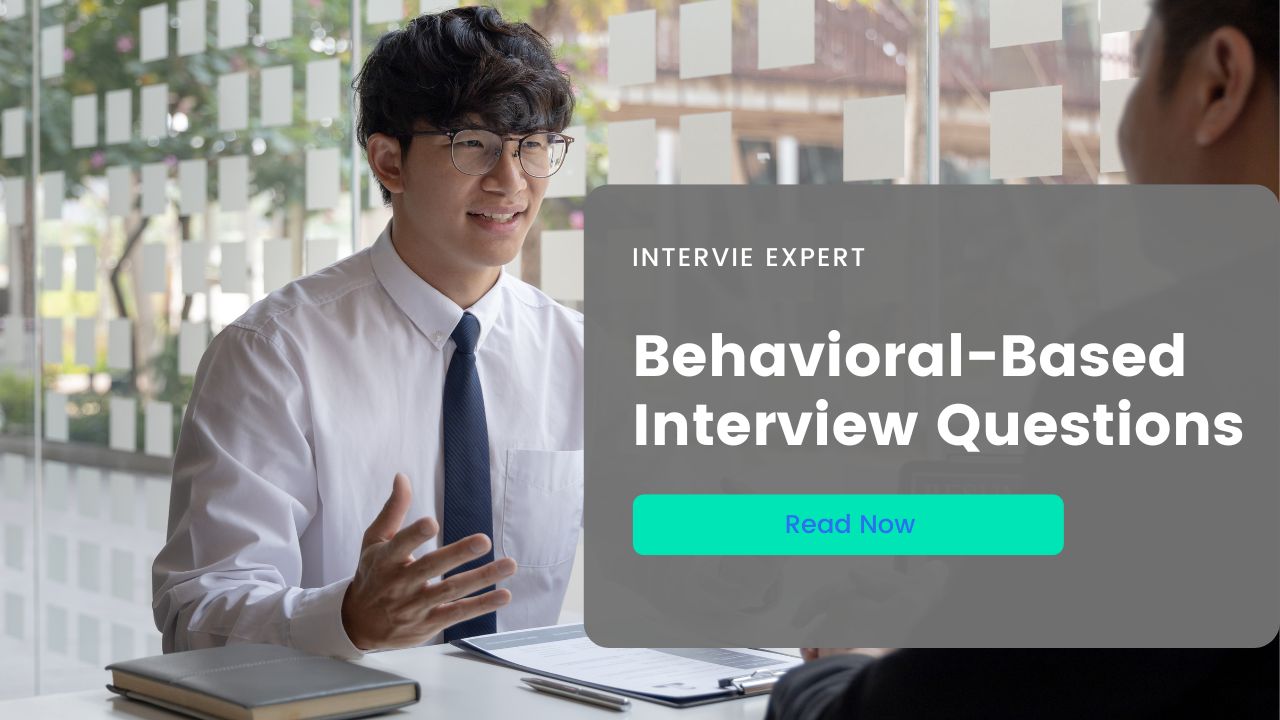
2 weeks ago, admin

2 weeks ago, admin